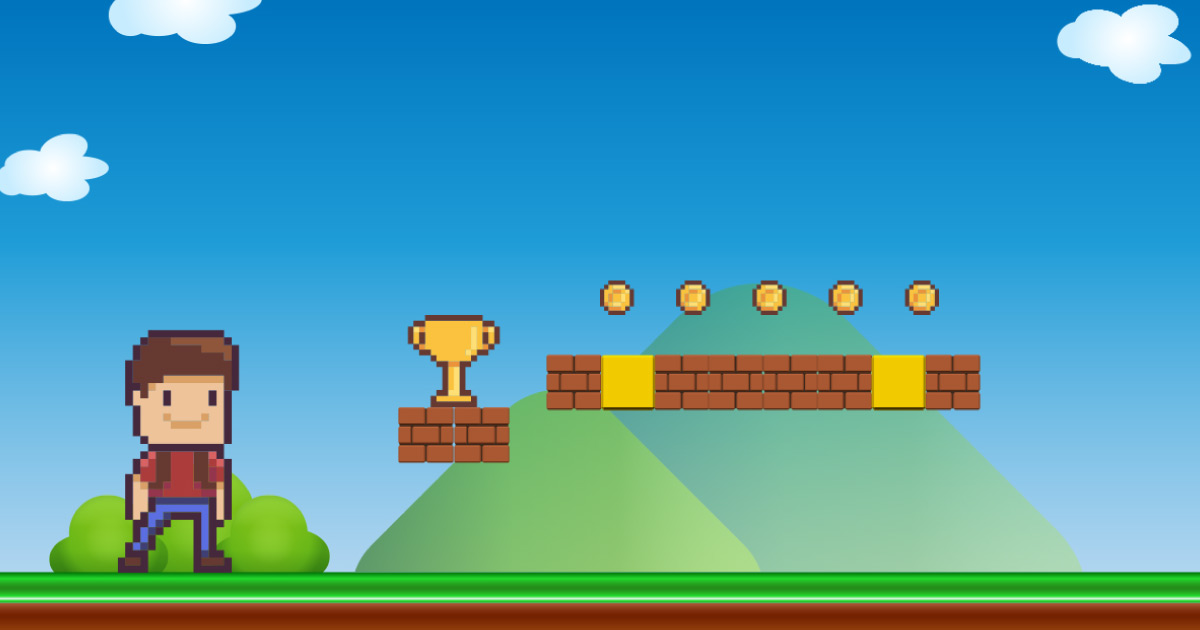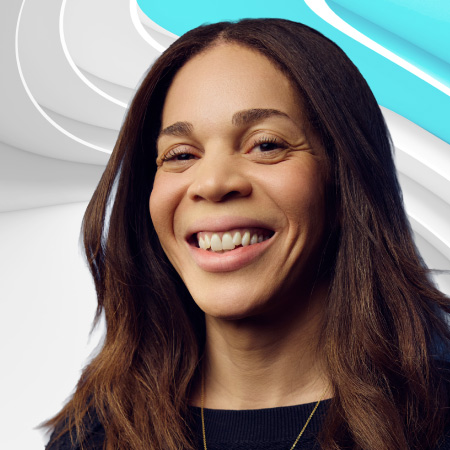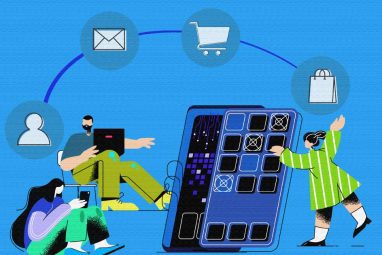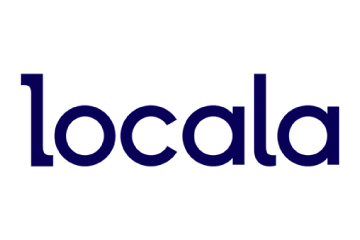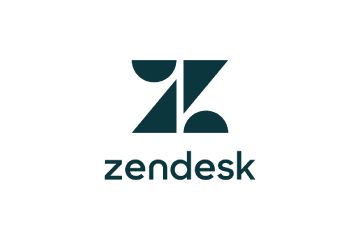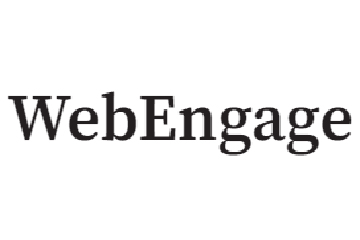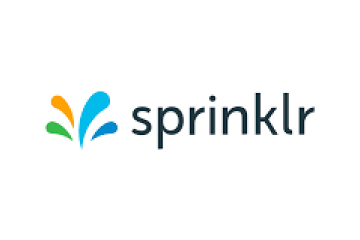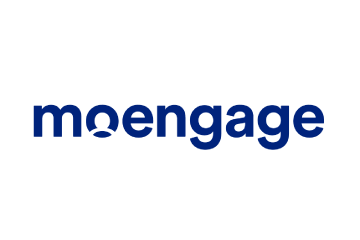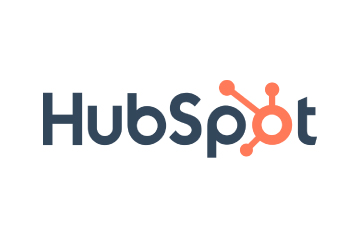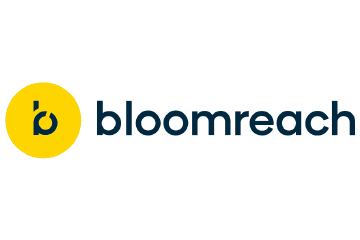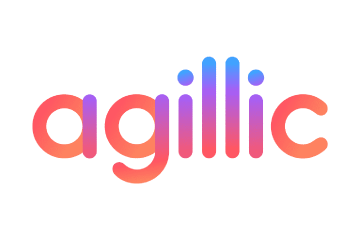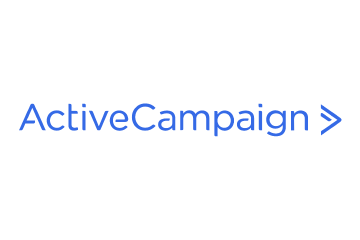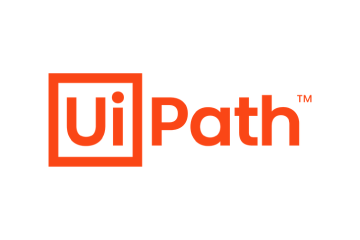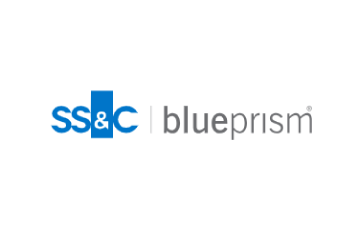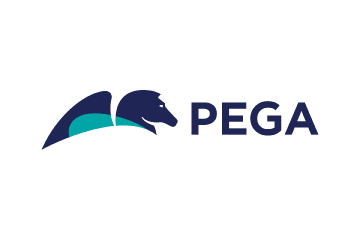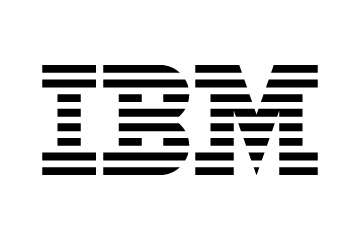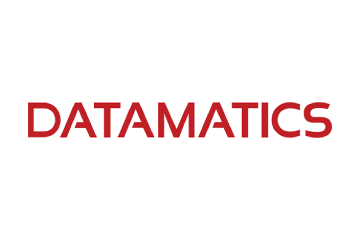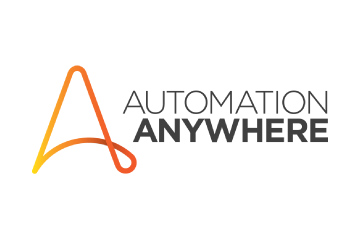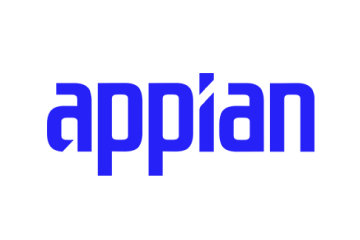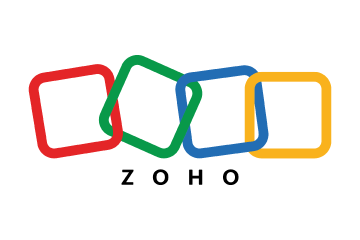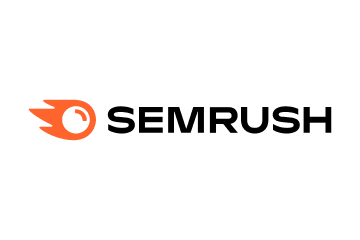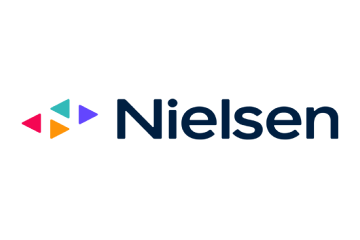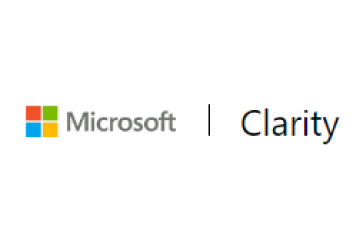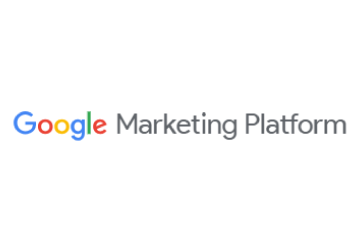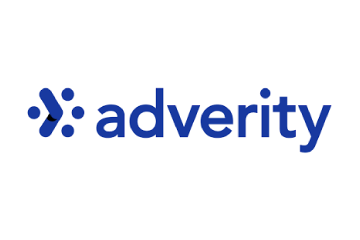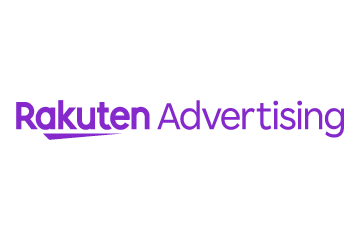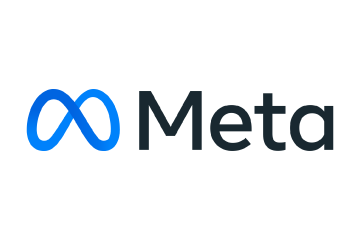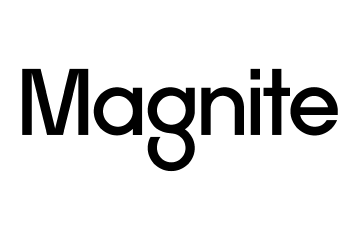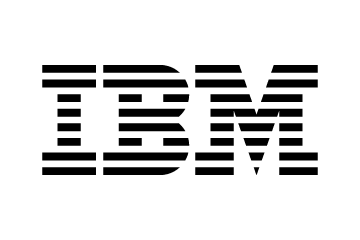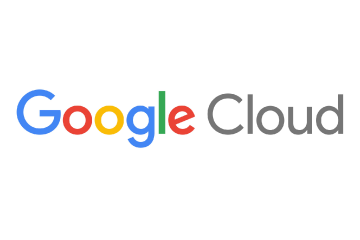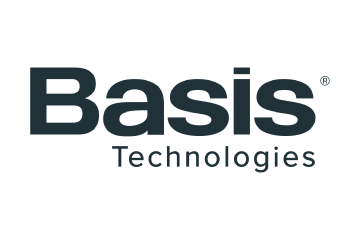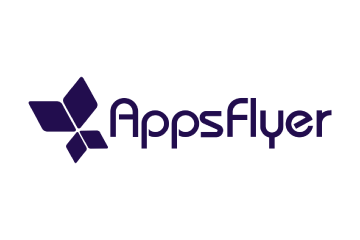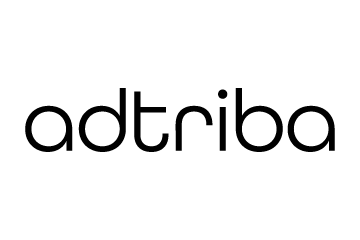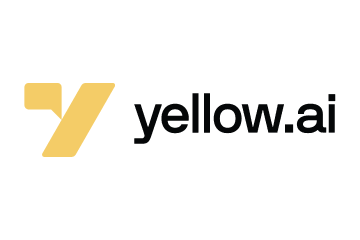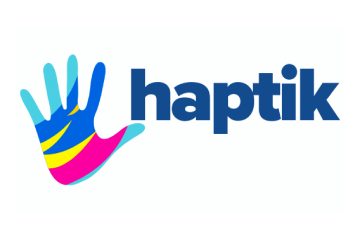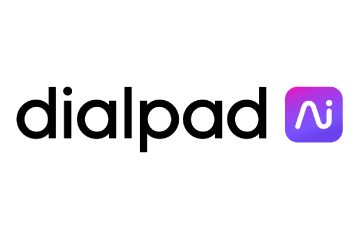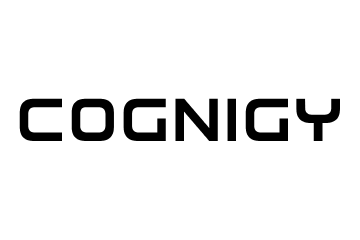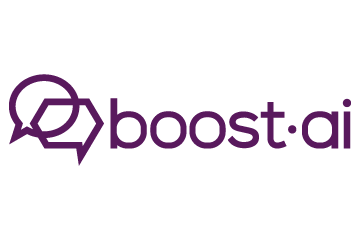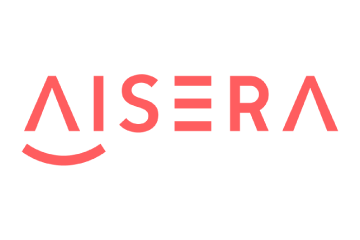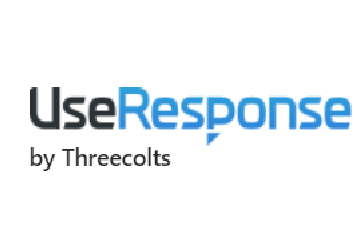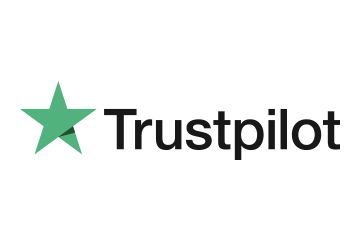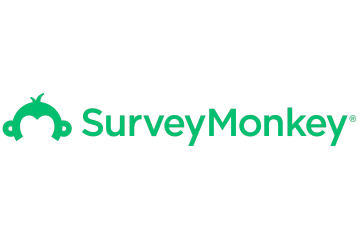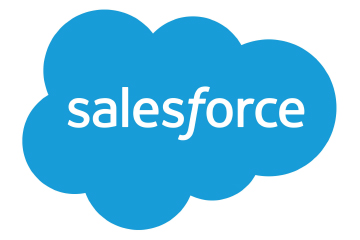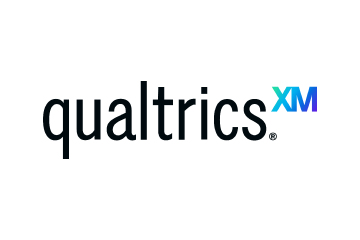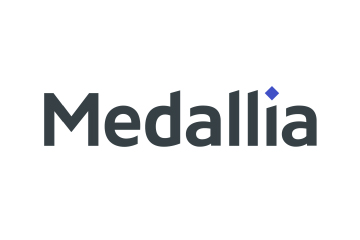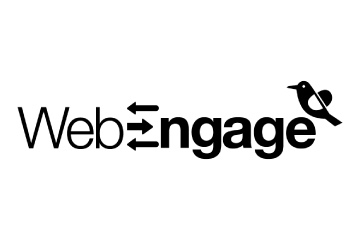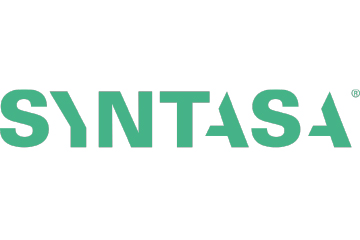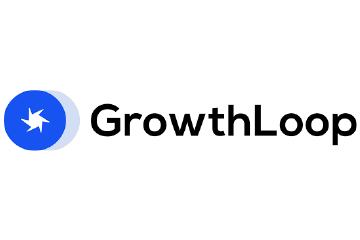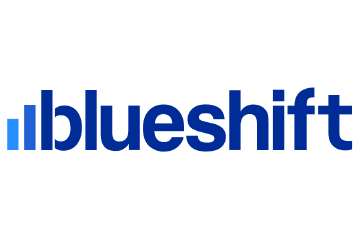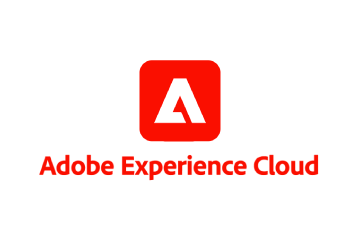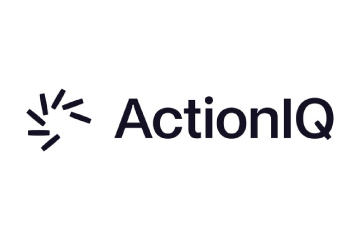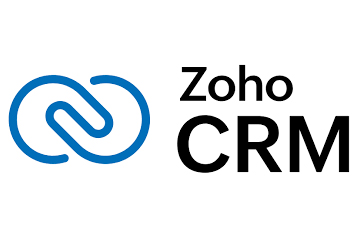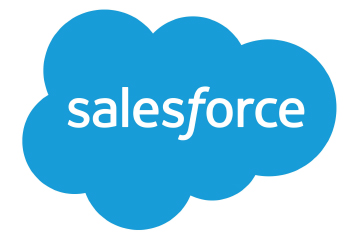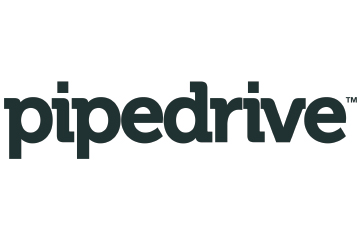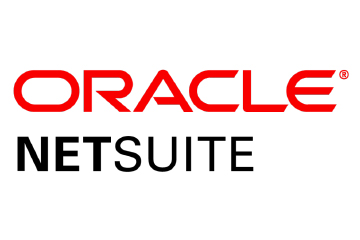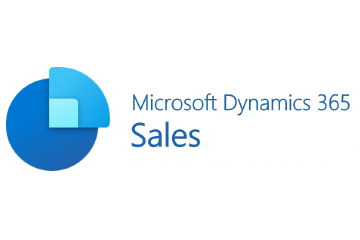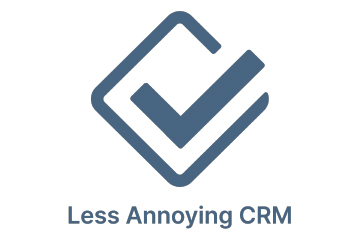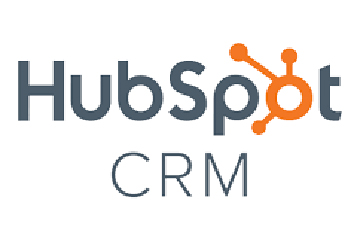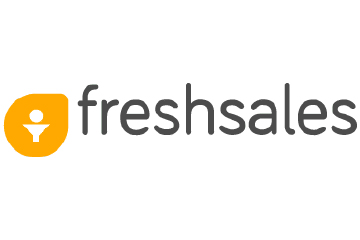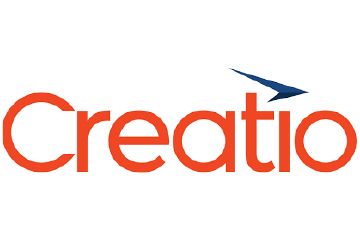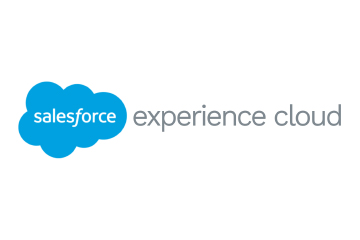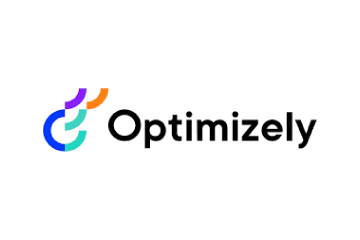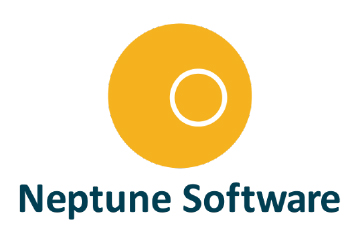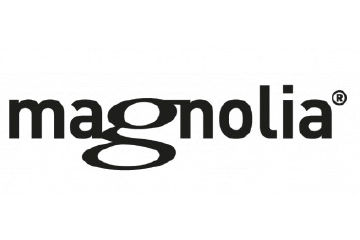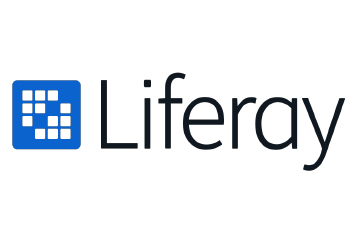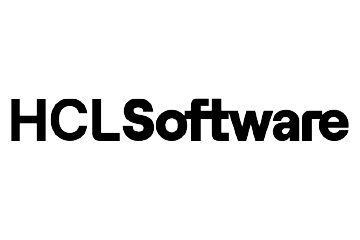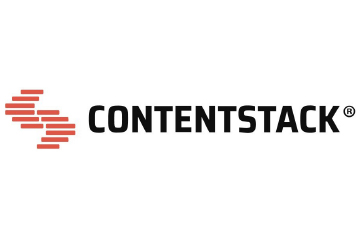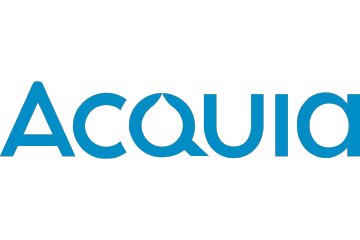their brand” is one of the major barriers we see holding marketers back from leveraging this highly effective engagement tool. Contrary to what many people think, gamification is not a trivial tactic. It’s a strategic lever that can be used to influence customer behaviour across all product categories and sectors.”
Research shows brands who incorporate gamification see on average a 47% rise in brand engagement, and a 22% rise in loyalty. Considering the average consumer is signed up to 16 loyalty programs, marketers could use all the help they can get to win their share of spend. Lynch recommends taking a proactive stance, “you need to stand out and influence consumer behaviour”.
There are two key considerations when injecting game-design elements into loyalty programs. Firstly, it should align with the brand’s personality and values, and second – it must consider the specific preferences and motivations of the target audience. Ultimately, gamification doesn’t just create a rewarding experience for customers, it must also be enjoyable.
To start off, brands need to know what their customers find enjoyable. Behavioural analytics, based on zero party data are the bedrock of a good loyalty program. They give marketers a view on how to meet customers at the right place, the right time and with the right reward, offers Lynch.
“Where the magic happens is when marketers use behavioural analytics to inform how they engage and reward consumers in a really targeted way. Tiered loyalty programs are a great example of where brands can maximise ROI with smart use of data. For instance, infrequent spenders might benefit from a discount code to spur them to make a purchase, but repeat customers could be rewarded with exclusive access to a unique product or experience,” she says.
Coffee chain Flash Coffee, known for its premium specialty coffee and convenient app-based ordering system, enrolled the help of Talon.One to gamify its loyalty program. Using a spin-to-win functionality, users were encouraged to log-in daily to play a mini-game with the chance to win unique prizes.
With brands taking charge of their customer data, marketers have more access than ever to insights about how customers’ think, act and what they aspire for. Artificial intelligence, and its potential to automate time-consuming and expensive functions such as data collection and analysis, make a strong case for loyalty marketers to use AI to offer smarter, more personalised incentives.
“We see a clear opportunity for AI to help marketers decide which incentive mechanism to leverage based on a consumer’s likelihood to buy certain products,” says Lynch. She adds, “But brands need to strike a balance.”
AI is hardly a silver bullet, it’s a sophisticated tool. Harnessed wisely, it can unlock new forms of value. Mishandled, it risks amplifying bias, inefficiency, and mistrust. According to says Lynch, “Given current AI’s capabilities, we don’t see it replacing marketers’ ability to develop effective touchpoints for engagement based on their empathy with customers, and instinct for building meaningful relationships and trust.”
Brands that are able to bridge technical fluency with strategic vision will find long-term success.
READ MORE: Is Sentient Marketing The Future of AI-Driven Customer Connection?

